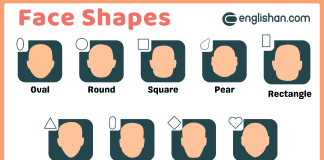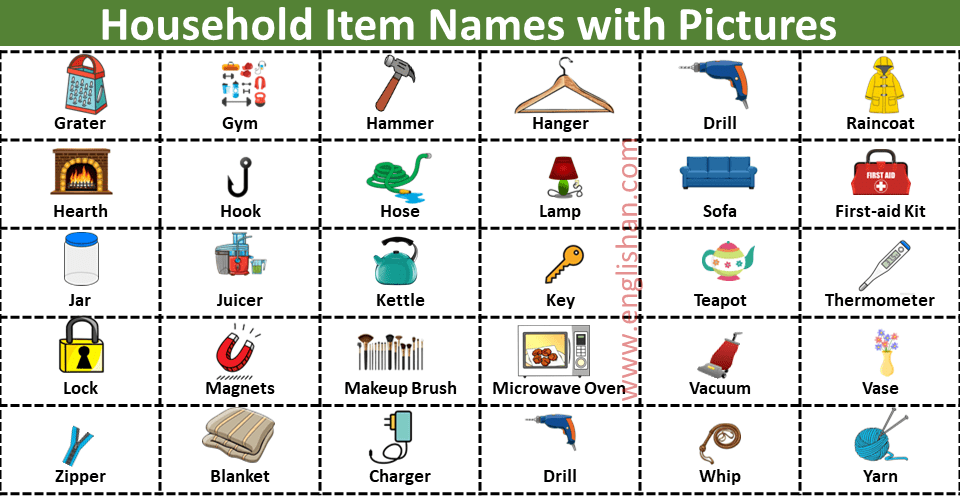Contents
In this blog post, you will learn the different types of teeth names in English. Knowing these names helps you understand their functions and importance in daily life. Each type of tooth has a specific role in chewing and speaking. Expanding your vocabulary on this topic will improve your ability to discuss dental health and care.
To expand your vocabulary, check out more topics in our Vocabulary Category.
What are Teeth?
Teeth are the hard things in our mouths that help us chew food. We have different kinds, like incisors for biting, canines for tearing, and molars for grinding. Taking care of our teeth by brushing keeps them healthy. It’s essential for eating and smiling!
How many teeth do humans have?
Humans have two sets of teeth: baby teeth and adult teeth. Babies start with about 20 baby teeth, and as they grow, these teeth fall out. Adults usually have 32 teeth, including different types for biting, tearing, and chewing food. Taking care of our teeth by brushing helps keep them healthy for eating and smiling.

What are the four types of teeth?
The human dentition consists of four main types of teeth, each serving different functions in the process of chewing and breaking down food. These four types of teeth are:
Incisors:
These are the front teeth and are typically the first to erupt. There are four incisors in each quadrant of the mouth (two on the top and two on the bottom). Incisors are sharp and shaped like chisels, making them ideal for cutting and slicing food.
Canines:
Also known as cuspids, canines are the pointed teeth located next to the incisors. There are two canines in each quadrant. Canines are designed for tearing and grasping food.
Premolars:
Positioned behind the canines, premolars have flat surfaces with cusps (small, rounded projections). There are typically two premolars in each quadrant. Premolars are responsible for crushing and grinding food.
Molars:
These are the large, flat teeth located at the back of the mouth. Adults usually have three molars in each quadrant, for a total of 12 molars. Molars have broad surfaces and multiple cusps, making them well-suited for grinding and chewing food thoroughly.
The combination of these four types of teeth allows for efficient processing of different types of food during the digestive process.
Function
How do teeth function?
Teeth function by working together to help break down food during the process of digestion. Each type of tooth plays a specific role in this process:
- Incisors: They’re like scissors, cutting and biting food.
- Canines: These are like little hooks, helping to tear and grip food.
- Premolars: They’re like crushers, grinding food into smaller pieces.
- Molars: These are big grinders at the back, turning food into tiny bits for easier digestion.
When we chew, teeth work together to break down the food. It’s like a teamwork job. After chewing, the smaller pieces can go down into our stomach, and our body can use the nutrients from the food to keep us healthy. So, teeth are our helpful buddies for eating!
Anatomy
What’s the anatomy of a tooth?
The anatomy of a tooth consists of different layers that work together to give the tooth its structure and function. Here are the main components:
You May Also Like






